 MICHAEL ECKERSON
.
January 12, 2023
.
All Feature Vehicles
MICHAEL ECKERSON
.
January 12, 2023
.
All Feature Vehicles

The brand-new Ford Model A was unveiled in December of 1927. It is reported as many as 25 million buyers (20% of the U.S. population) swamped Ford showrooms the first week. Eighteen passenger car body styles and over 60 commercial and truck models are offered in the 1931 catalogue. In April 1931 the 20 millionth Ford was produced.
Technical improvements to the Model A (water pump, oil pump and hydraulic shock absorbers) are made over the innovative Model T. The transverse, semi-elliptical suspension continues to be used. The 2-speed planetary transmission is replaced by a modern 3-speed gear box. But since it is not synchronized, the driver must now master the double-clutching technique. This involves the driver engaging the clutch to shift the transmission into neutral before shifting to the next gear. The 40-horsepower engine is a 200.5 cubic inch 4-cylinder. A comfortable cruising speed is 40-45 miles per hour and a top speed of 65 miles per hour.
Roadster Deluxe Roadster Phaeton Deluxe Phaeton Tudor Sedan Deluxe Tudor Sedan Coupe Sport Coupe Deluxe Coupe Victoria Convertible Cabriolet Convertible Sedan Town Sedan Taxicab Station Wagon
At the end of WWII, the Model A becomes the king of the vintage car scene. The Model A’s brief moment in automobile production history (1928-1931) generates tremendous enthusiasm around a single model of car. The abundance and ease by which technical information and new or refurbished parts can be found contribute to make the Model A an easy choice for the developing interest in “hopping up” these modest platforms.
Using these abundantly available vehicles, and building on the performance knowledge gained by the bootleggers of the Prohibition era to evade revenue agents, the “hot rod” was born. It is generally unclear how the term began. Some claim “hot” refers to the slang term for stolen and “rod” is a reference to replacing the engine’s camshaft with a higher performance “rod”.
Hot Rods begin to appear nationwide in the late ‘30s and were highly concentrated in Southern California. Modified versions of the Model A (and Model Ts and Bs) were taken out on the dry lake beds northeast of Los Angeles. Later, these races were given oversight by the rules of the Southern California Timing Association (SCTA), among other groups. The first SCTA “Speed Week,” held at the famed Bonneville Salt Flats in 1949, was the result of the diligent efforts of Wally Parks, then its executive secretary. It was here that racers first began running “against the clock” – actually, a stopwatch – encouraging quicker acceleration rather than simply achieving high top speeds.
These transformations created the classic look we think of today as the Hot Rod archetype
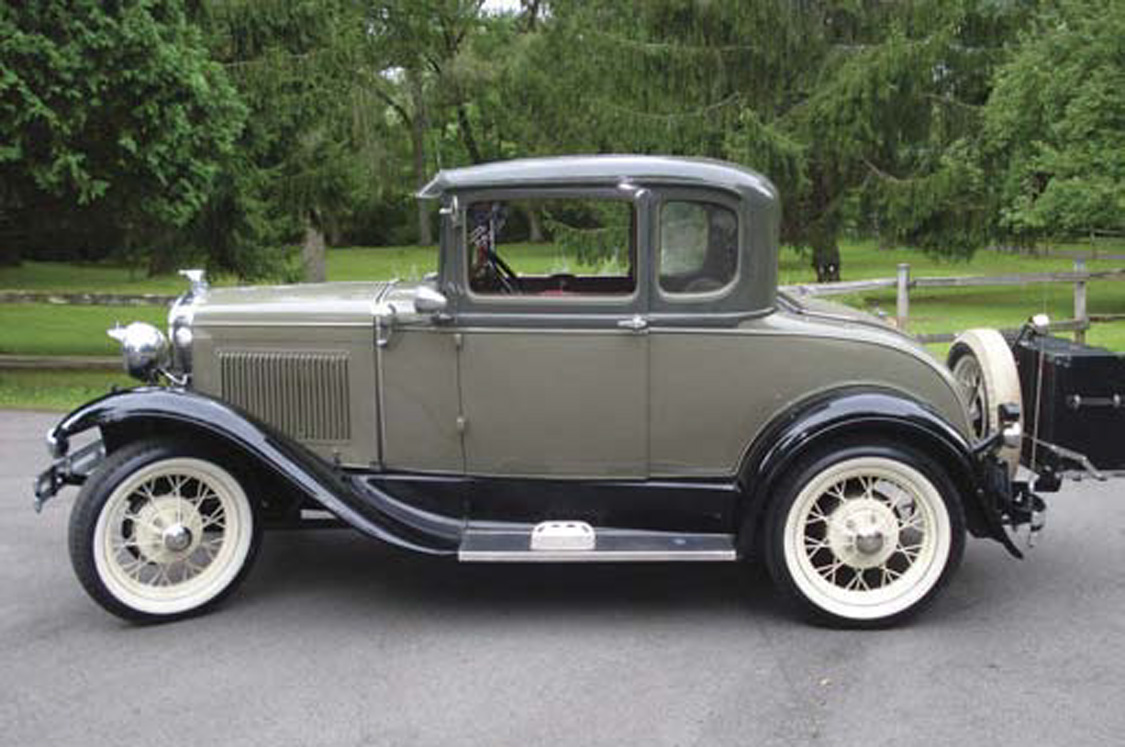
Typical modifications included the weight-reducing techniques of removing convertible tops, hoods, bumpers, windshields, and fenders; channeling the body (lowering the body down over the frame); and modifying the engine by tuning and/or replacing with a more powerful type. Wheels and tires were changed for improved traction and handling. Hot Rods built before 1945 commonly used ‘35 Ford wire-spoke wheels.
These transformations created the classic look we think of today as the Hot Rod archetype. For most of us this look is instantly recognizable. Today, you can see the modified body line carried forward and modernized in examples including the Foose HemisFear, and subsequent Plymouth Prowler, which share the open wheel, low-slung profile of the hot rodded versions of the ubiquitous Model A.
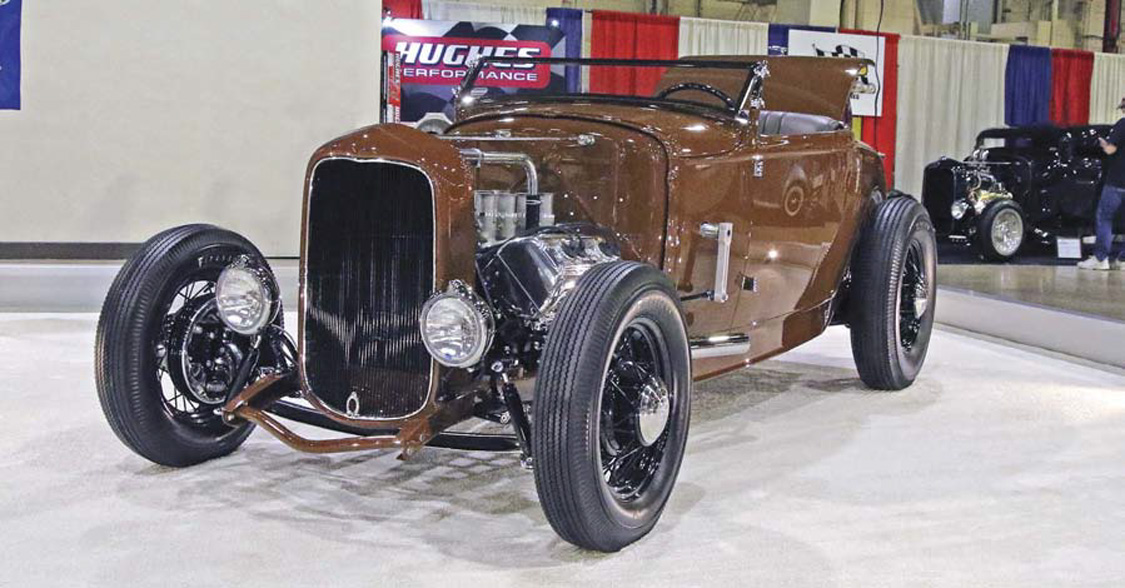
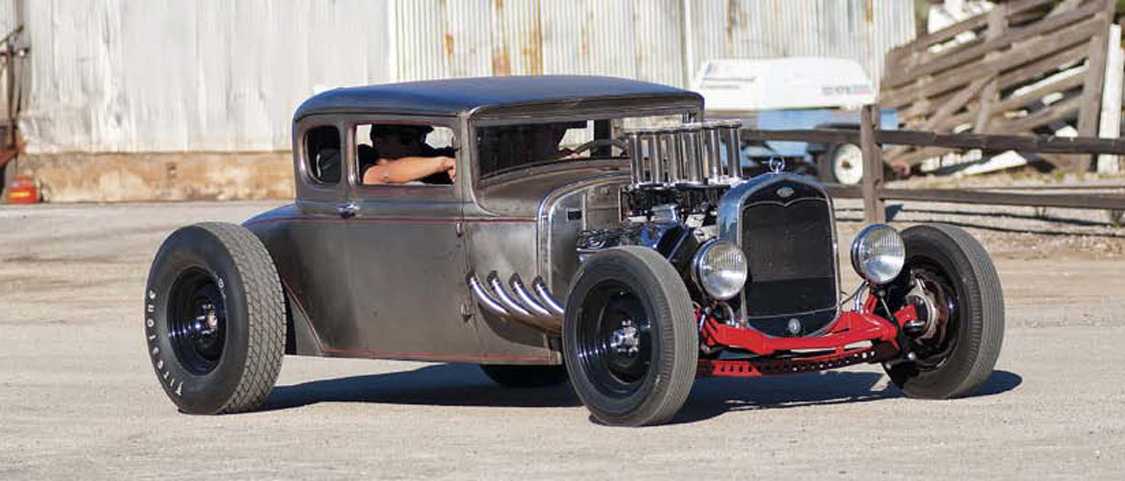
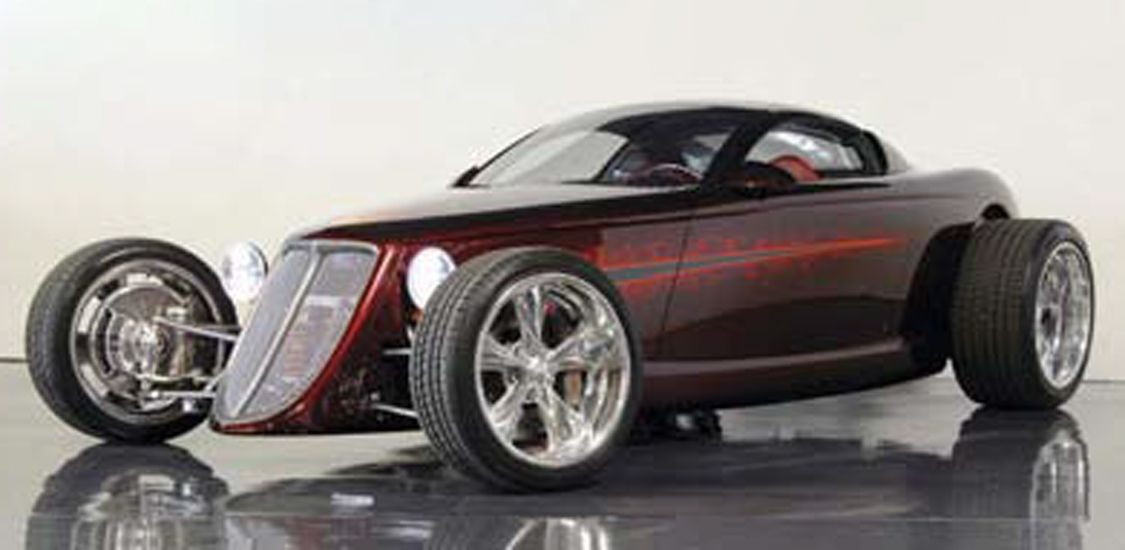
In 1932, Ford launched a completely new vehicle in the Model B, which had a more powerful V8 and is universally known as the “Deuce”. But it all began with the Model A.
The Model A continues to garner fans as events like The RPM Nationals and The Race Of Gentlemen celebrate this love a‑ air with their vintage mistresses. These events have a true “run-what-yabrung” race code that ensures the venerable Model A will continue to share it’s past with the future.
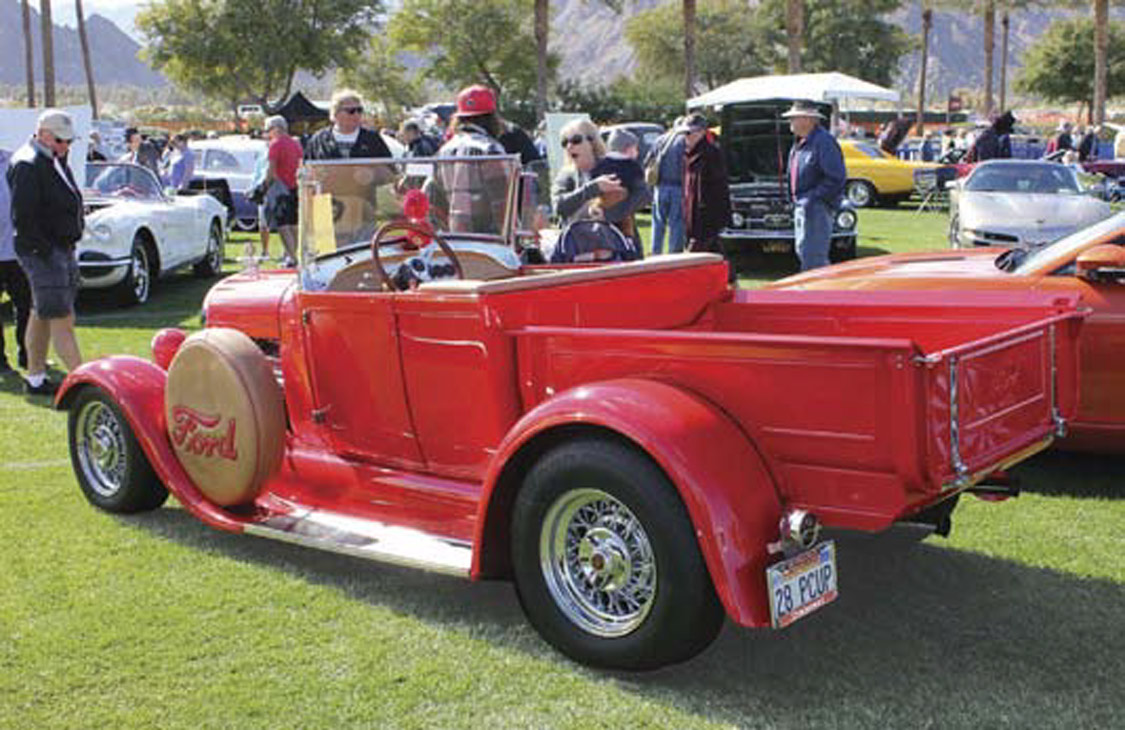
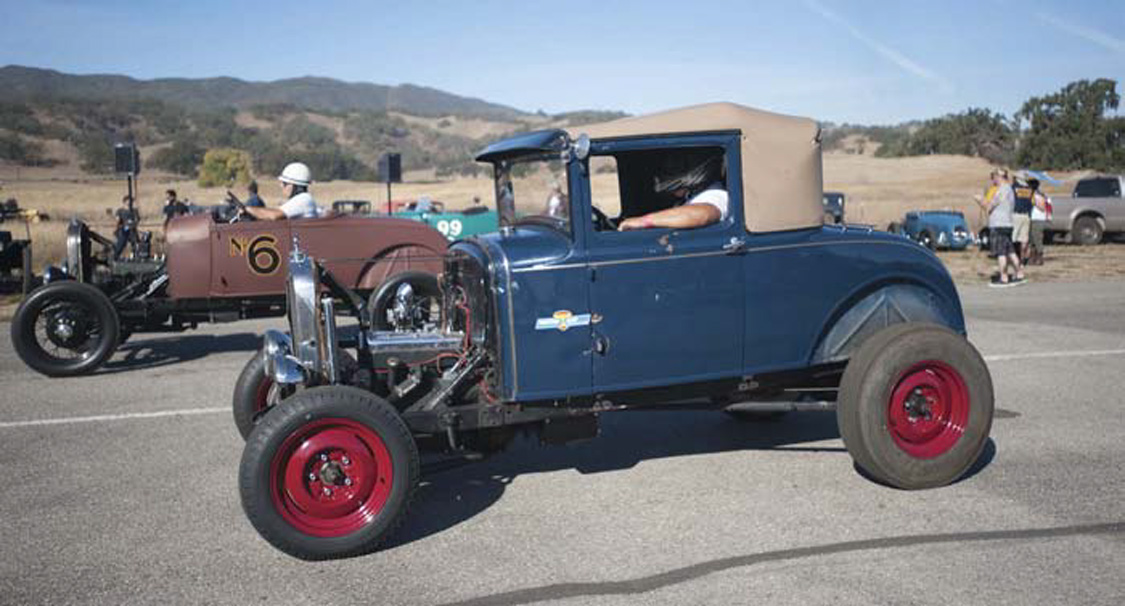
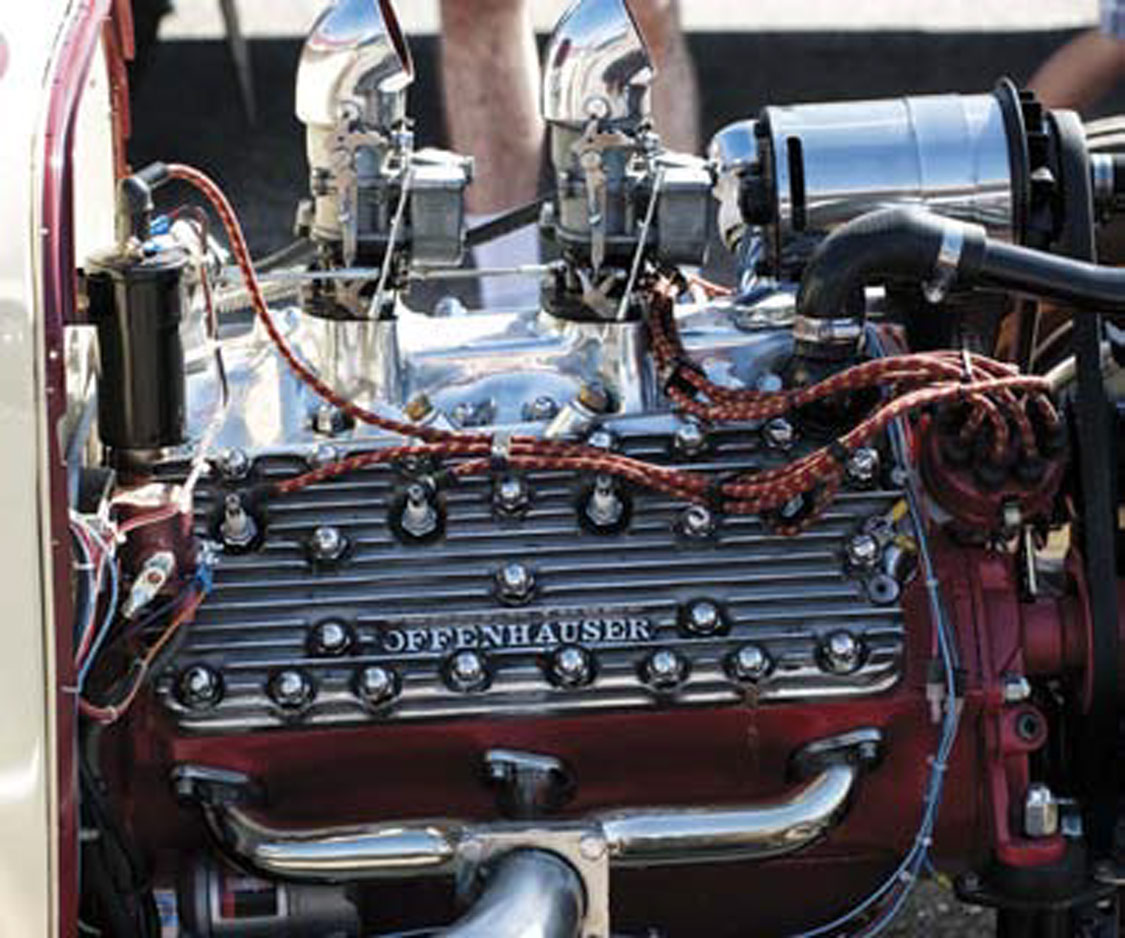
We use cookies to enhance your browsing experience, serve personalized ads or content, and analyze our traffic. By clicking "Accept All", you consent to our use of cookies. Visit our Cookie Policy for more info.
Notifications
Share Link